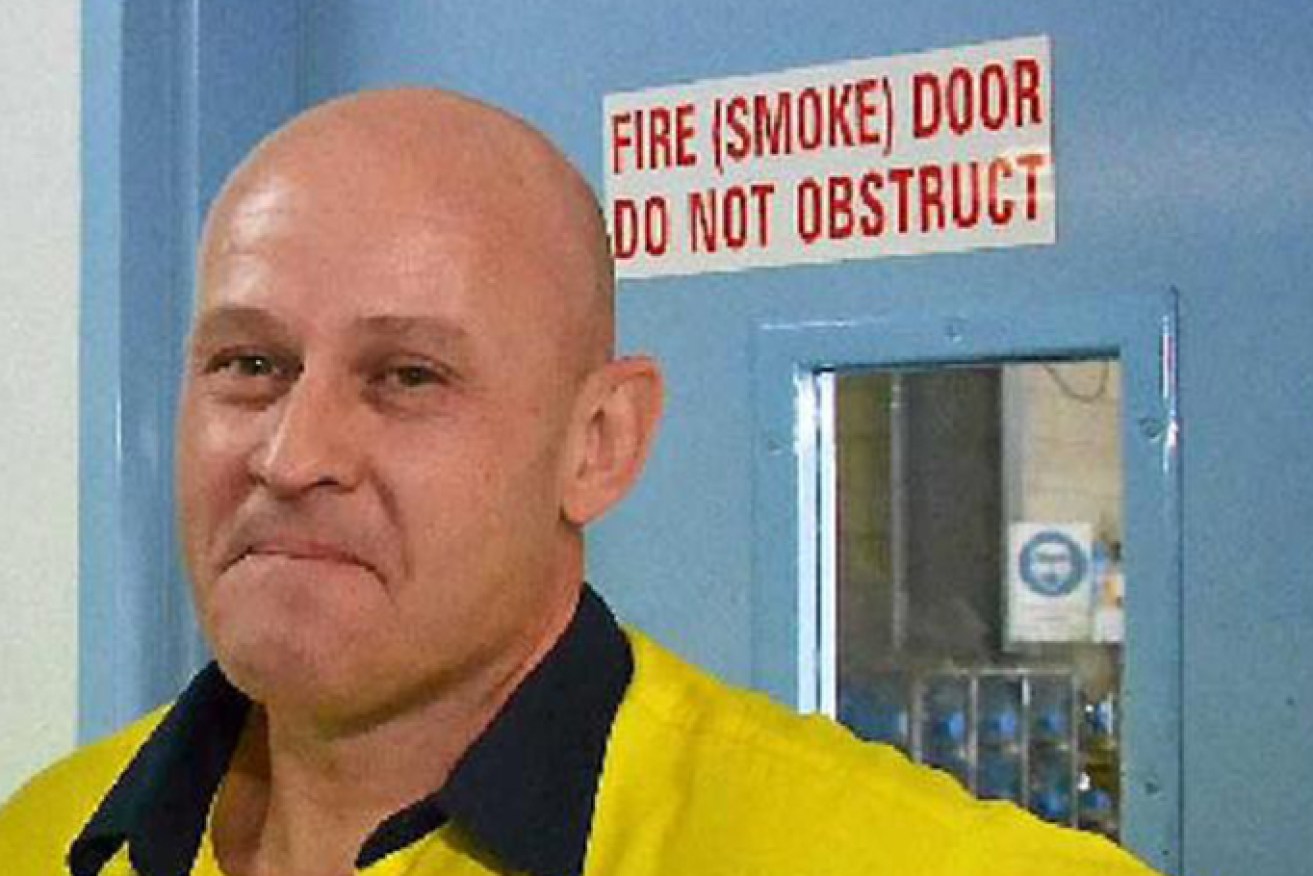The truth hurts – especially when you are the one delivering the bad news
When Stanwell boss Richard Van Breda floated the prospect of early shutdowns of Queensland’s coal-fired power generators, it could have been the start of an important discussion. Instead it produced a knee-jerk response from the Energy Minister


Richard Van Breda has resigned as chief executive of Stanwell Power.
Speaking truth to power carries a price.
More so if the topic is as sensitive as power itself.
Just ask Richard Van Breda, chief executive of Queensland Government-owned Stanwell Corporation, who recently did a terrible thing – he spoke the unvarnished truth.
Two weeks ago, at an industry gathering, he speculated the company might have to mothball, or even shut down, coal-fired generating units at its Stanwell and Tarong power stations before their technical end-of-life because of the rapid growth in ever-cheaper renewable energy sources.
Two days later, Stanwell’s board announced it had “reluctantly agreed” to accept Van Breda’s resignation, effective May 28.
So, what happened?
Van Breda, who’d been chief executive of Stanwell for nearly a decade, presumably knew what he was talking about.
And in any case, he wasn’t saying anything new.
Just about everyone in the energy industry is predicting the end of coal-fired power is closer than we think – even the regulatory and oversight agencies.
The Australian Government’s Energy Security Board chair, Dr Kerry Schott, told an industry conference in February that coal-fired power stations could be shutting down four or five years earlier than scheduled because of the faster-than-expected growth of renewable energy sources.
And in March, AGL, Australia’s biggest thermal power generator, wrote down the value of its coal-related assets by $2.7 billion.
It blamed both lower wholesale prices and “lower technology costs”—in other words, competition from cheaper renewable energy suppliers.
Stanwell, for its part, wrote down its own assets by $720 million last financial year and reported a loss of $240 million.
In the company’s 2019-20 annual report, Van Breda said that, “with gas, oil and thermal coal prices all decreasing along with energy prices, the wholesale price of electricity is now less than the long-run average cost of running power generation units.”
The only change since then is that prices have kept falling, recently hitting six-year lows.
In other words, you can no longer make money selling coal-fired power, a fact confirmed by the Queensland Government’s other coal-fired power company, CS Energy, which also a reported a loss last year, of $77.6 million, and asset write-downs of $354 million.
Nothing Van Breda said a couple of weeks ago, when he was warning of possible early shutdowns, should have come as a shock.
But still, he walked the plank.
His big mistake, as far as I’ve heard, was embarrassing his ultimate boss, Energy Minister Mick de Brenni – who counts among his backers the Electrical Trades Union, which represents the state’s power industry workers – by revealing the truth.
It’s a truth that the government denies, or at least tries to hide behind spin.
“Let me make it clear, there are no plans to decommission any of our publicly-owned generation assets in Queensland ahead of their time,” De Brenni said in response to Van Breda’s claims.
That might well be technically true. The Stanwell power station is currently scheduled to operate until 2046 and Tarong until 2036 – still years away from someone having to make a final call on when to shut down.
But between now and then, the cost pressures on traditional coal-fired generators can only increase and not just because of ever-growing competition from renewables.
Not only do older plants, by definition, cost more to maintain but also, they are being required to do things they were never really designed to do.
Instead of quietly whirring away at a steady pace day-in-day out, coal-fired generators now need to be able to operate far more flexibly, quickly ramping their output up or down depending on the time of day, the weather and the amount of solar energy in the system.
Existing generating units can be expensively adapted to be more flexible – CS Energy recently spent $4.5 million new, higher-speed igniters on one of its generating units, just the first major modification in a new plant flexibility program, which has been two years in the planning.
But there’s a limit to this reverse-engineered flexibility, which means power stations might have to shut down or mothball generating units if they can’t keep up with the rapid daily movements in power demand.
It’s a point specifically acknowledged by Van Breda in his now-controversial comments two weeks ago.
“Our Tarong and Stanwell power stations will continue to play an important role as Stanwell’s (energy) portfolio transforms,” he said.
“We will operate our coal-fired power stations much more flexibly, in response to market requirements.
“This may include seasonal storage of our generating units, or placing units into standby mode so they can be quickly returned if the market needs them.”
And for this seemingly sane and considered observation, Van Breda is now looking for another job.
Instead of taking umbrage, perhaps Minister de Brenni should have welcomed Van Breda’s words and signed up for the no-doubt challenging job ahead of managing Queensland’s inevitable transition from carbon-based energy to renewables.
But that would require commitment to long-term planning rather than short-term political knee-jerk responses.












